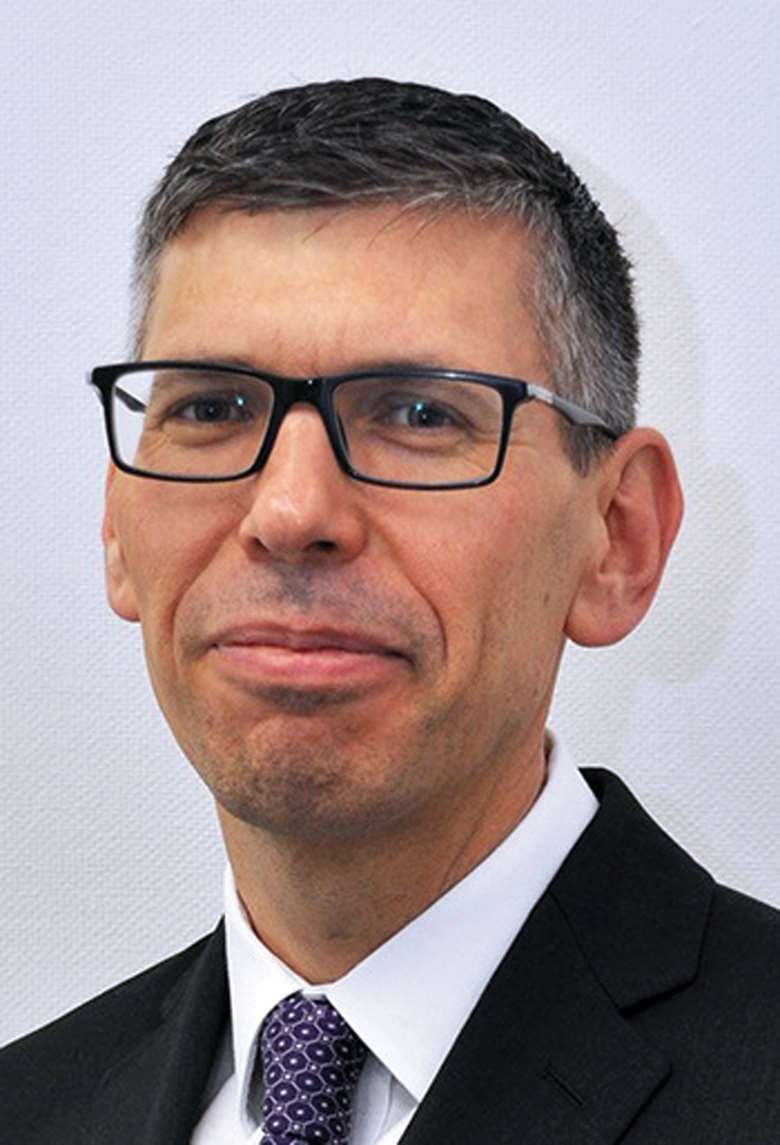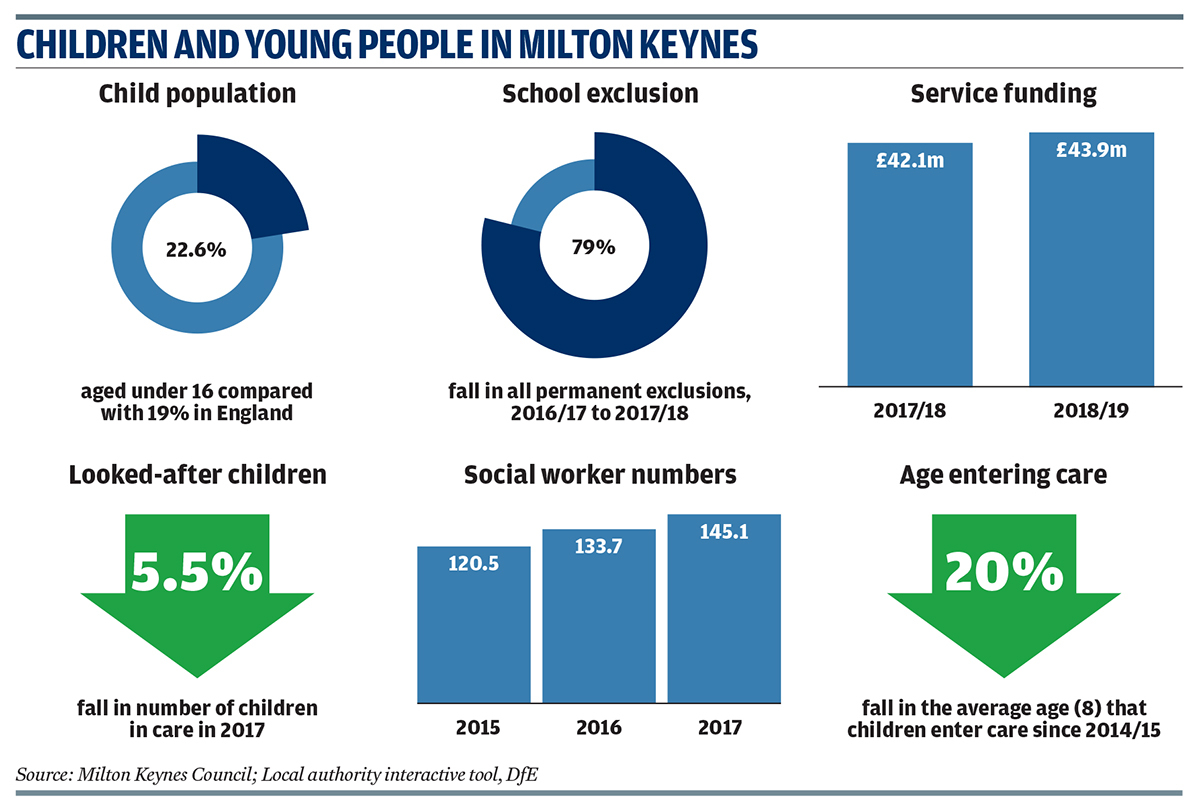Local Spotlight: Milton Keynes Council
Derren Hayes
Tuesday, March 27, 2018
The Buckinghamshire "new town" has invested in a variety of prevention services in response to a rapidly rising population.

Renowned for its concrete cows and US-style road grid system, Milton Keynes is often portrayed as a "new town" with good employment but little character.
Last year, the Buckinghamshire town celebrated its 50th anniversary. It has grown from a population of 50,000 to an estimated 280,000 today. It is also a young town - 22 per cent of the population are children - as the good transport links to London and economic prospects have proved attractive for families.
Despite its middle-class façade, Milton Keynes has pockets of severe deprivation, with 12 of its neighbourhoods being in the 10 per cent most deprived in England.
The rapid growth in the child population has presented challenges for the town's children's services department, which was rated "requires improvement" by Ofsted in November 2016.

VIEW FROM THE TOP: ‘STABLE WORKFORCE HELPS REDUCE DEMAND FOR SOCIAL CARE'
By Michael Bracey, director of children's services, Milton Keynes Council
Despite its economic success, Milton Keynes has relatively high levels of deprivation. That's why we are pleased that we've achieved a five per cent fall in the number of cases held by social care and a small decline in looked-after children in the past year. We think this is because of our investment in prevention services, including a comprehensive domestic abuse programme, maintaining 17 children's centres, family therapy services and family group conferencing.
The average age that children come into care has also fallen in recent years, which is good as we can be more successful with younger children than older children. A factor in this is a small reduction in unaccompanied asylum-seeking children. We've taken a lot of unaccompanied children in recent years and actively support the Syrian resettlement programme. New arrivals fit in well here. The thing about being a new town is that everyone is from somewhere else and we're a welcoming place.
There is not a big public sector workforce - so it can be difficult to attract people, particularly to jobs like teaching. We are working with our teaching schools around recruitment, looking at housing supply and have plans for a university.
Our social care workforce is very stable and just 12 social workers in the department are interims. We have a very experienced management team, with 83 per cent having worked here for more than five years. I consider the workforce to be our number one strength.
When I arrived in 2009, Milton Keynes was in special measures for school standards. Now, standards of attainment in primary schools and early years have improved beyond all recognition, but we still have more to do at secondary level. We have a small number of large secondary schools - some of the largest in the country - so when one or two have problems, they are amplified across our whole system.
Education for children in care is working well. We have seen improvement in Key Stage 1 and 2, but the cohort is small so we don't get carried away with our progress. At GCSE, things are still not good enough. I get frustrated by some of the ways data on attainment is used. It needs to be more about individual progress, so I'm pleased to see the Department for Education consulting on how best to measure how well children in care are doing in a meaningful way. We've targeted our virtual school support on early years and young people in year 12. For 16- and 17-year-olds, we're working extremely hard to ensure everyone continues in learning and we're hoping this will have a big effect on their prospects.
We've used Troubled Families funding to create three children and family practices, with 25 workers supporting 300-400 families and 800 children at any one time. This has been crucial to managing demand, so we are anxious to know what will happen to the funding when the programme ends in 2020.




